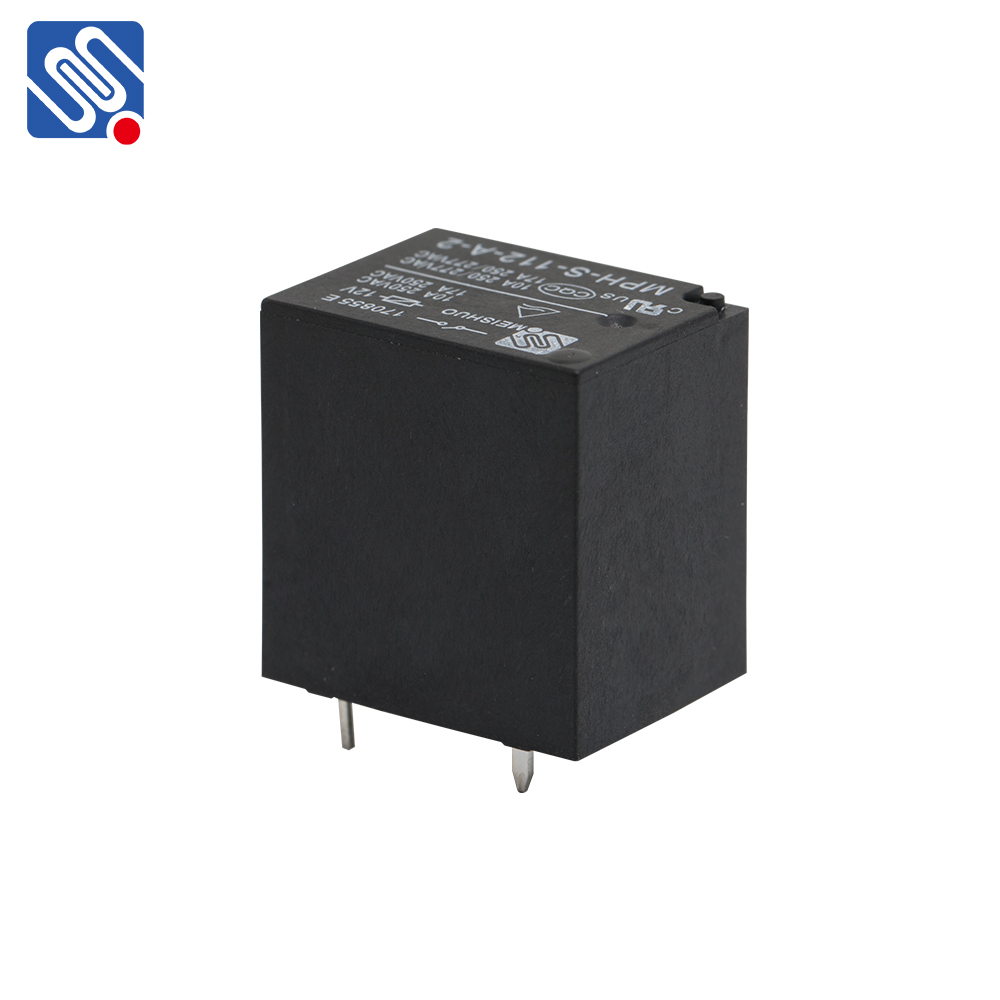relay specifications: key factors in ensuring efficient data transmission and system control
Release time:2025-08-14 04:40:19
Relays play a pivotal role in various systems, from electrical control circuits to communication networks. Understanding relay specifications is essential for engineers and system designers to ensure optimal functionality and reliable performance. In this article, we will explore the key relay specifications that influence their design and operation, with a focus on their applications in both electrical systems and data transmission environments.

What is a Relay?
A relay is an electrically operated switch that uses an electromagnet to control one or more sets of contacts, allowing it to open or close a circuit. Relays are commonly used to isolate different parts of a circuit, amplify signals, or protect sensitive components from high power levels. The functionality of a relay can be found in a broad range of industries, from automotive systems to industrial automation, and even telecommunications.
Key Relay Specifications
To effectively use relays, it is crucial to consider several specifications that dictate their performance. Below are the primary factors that determine the design, suitability, and reliability of relays.

